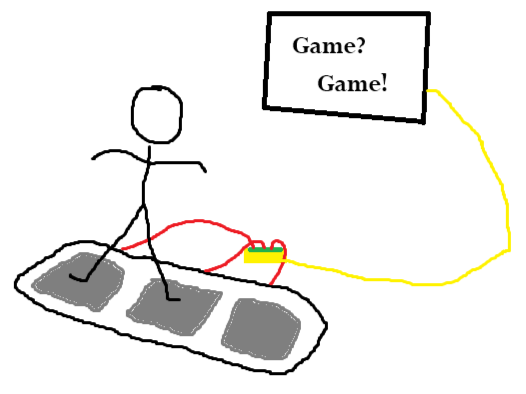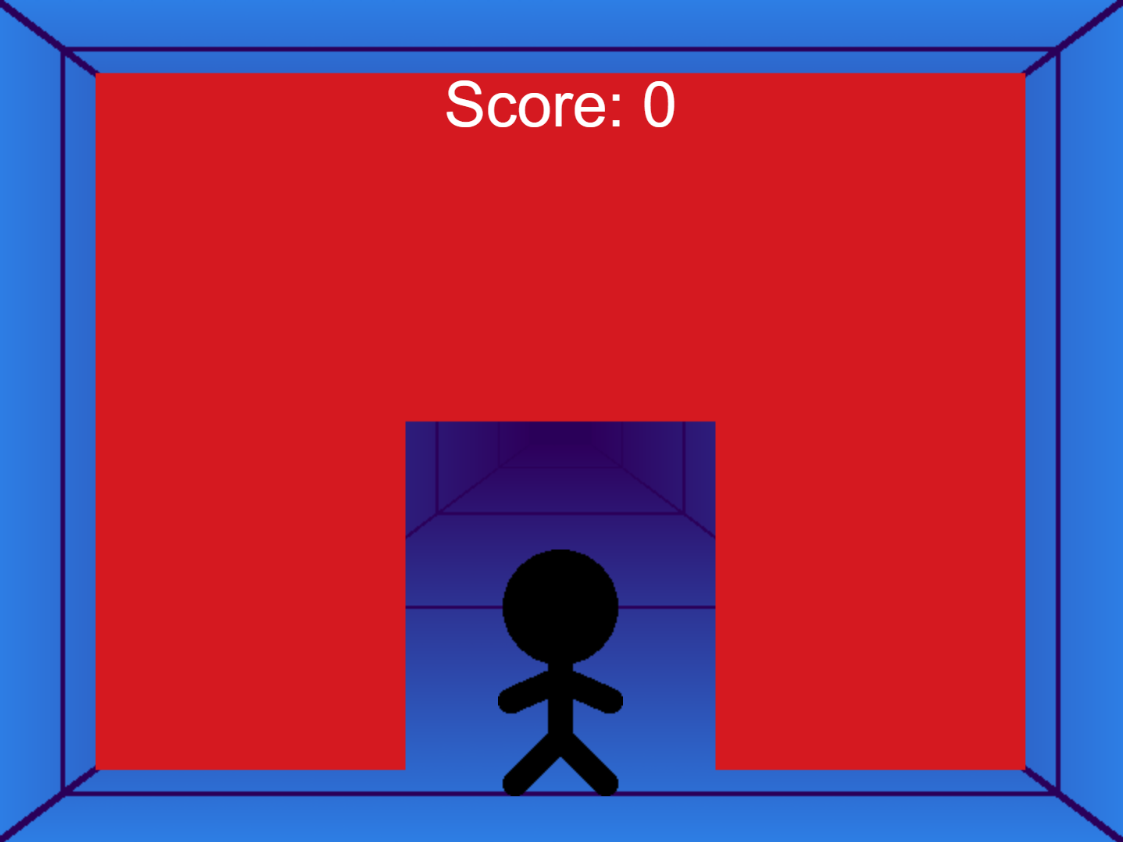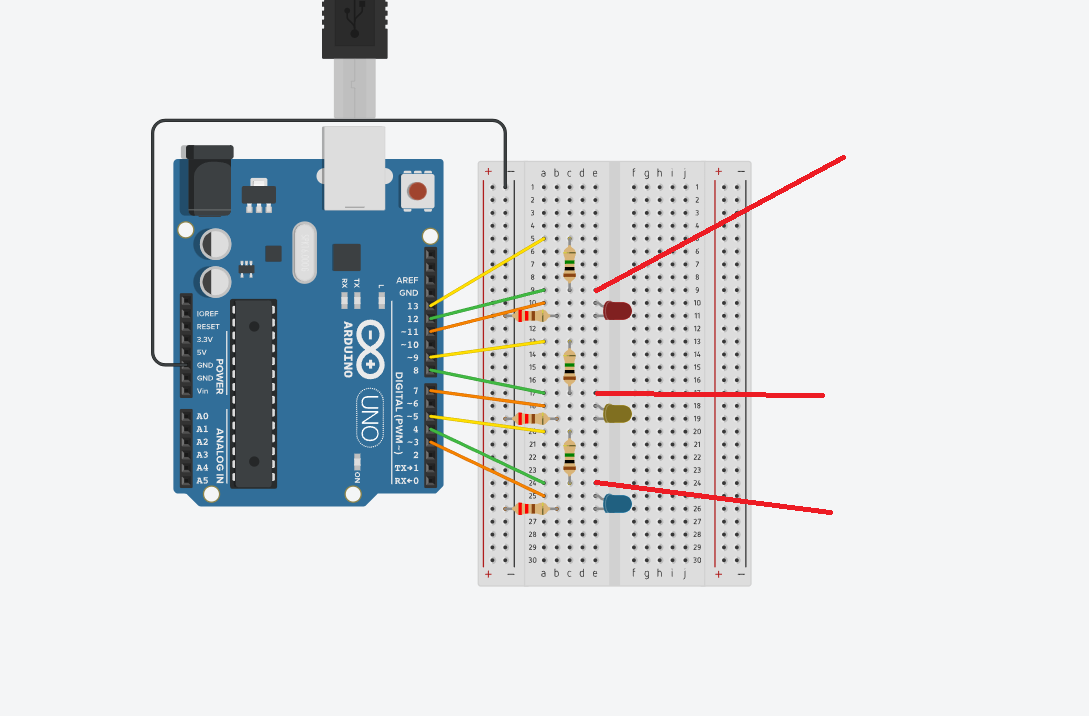The Tripad
The fourth and final project for IGME-470 was to create a physical controller and digital game that solves a real-world problem. I wanted to get the player moving, so I designed the "Tripad"—three sheets of tinfoil connected to an Arduino, used as a floor controller for a lane-changing, jumping game. The goal: make exercise addictive and fun.
The Idea
The Tripad senses when a player steps on one of its three pads, allowing lane
changes and jumps in the game. The player stands in an endless hallway, dodging red walls by moving
and jumping. Points are earned for each wall dodged, and the game speeds up over time. The
controller
is simple but effective, and could be adapted for other physical games.
The game logic is straightforward: if none of the three pads detect contact with the player, the
game interprets this as a jump. The left and right pads allow the player to shift lanes to dodge
obstacles. The gameplay is inspired by the game show "hole in the wall"—walls with different shapes
approach the player, and they must move or jump to fit through the gaps and survive as long as
possible. Some walls require the player to jump, adding variety and challenge to the experience.


Development
I built the circuit in TinkerCad, using three capacitance sensors and three
LEDs. The Arduino reads sensor data and sends it via serial communication. The Tripad was
constructed
from tinfoil and poster board, with jumper wires soldered to each pad. The game logic was
implemented after testing the controller, and assets were drawn for the background, walls, and
player. You can see the schematic and parts list.
The game was created in p5.js to showcase the Tripad's capabilities. Serial communication allowed
the game to receive input from the pads, tracking the player's position and jump state. As the
player dodges walls, the game increases in speed and difficulty, making for a fun and active
challenge.

In Retrospect
I'm content with the results, and I believe I constructed a fun application that gets the player physically engaged. The Tripad itself is the weakest link; for one, the player cannot wear shoes on it, since it relies on conducting electricity through the player. I was aware of this issue, but I decided to stick with the tinfoil implementation. If this were an actual product released to the public, I would make use of pressure sensors. However, I could not justify the cost of the components for this simple demonstration, especially since I am currently the only user. The Tripad also has iffy connections between the wires and the tinfoil, but this would be solved with the pressure sensors. For my budget, I think this project was successful.
References
Fitzgerald, Scott, and Michael Shiloh. Arduino Projects Book: Everything You Need for Your First Arduino® Projects. Arduino, 2015.